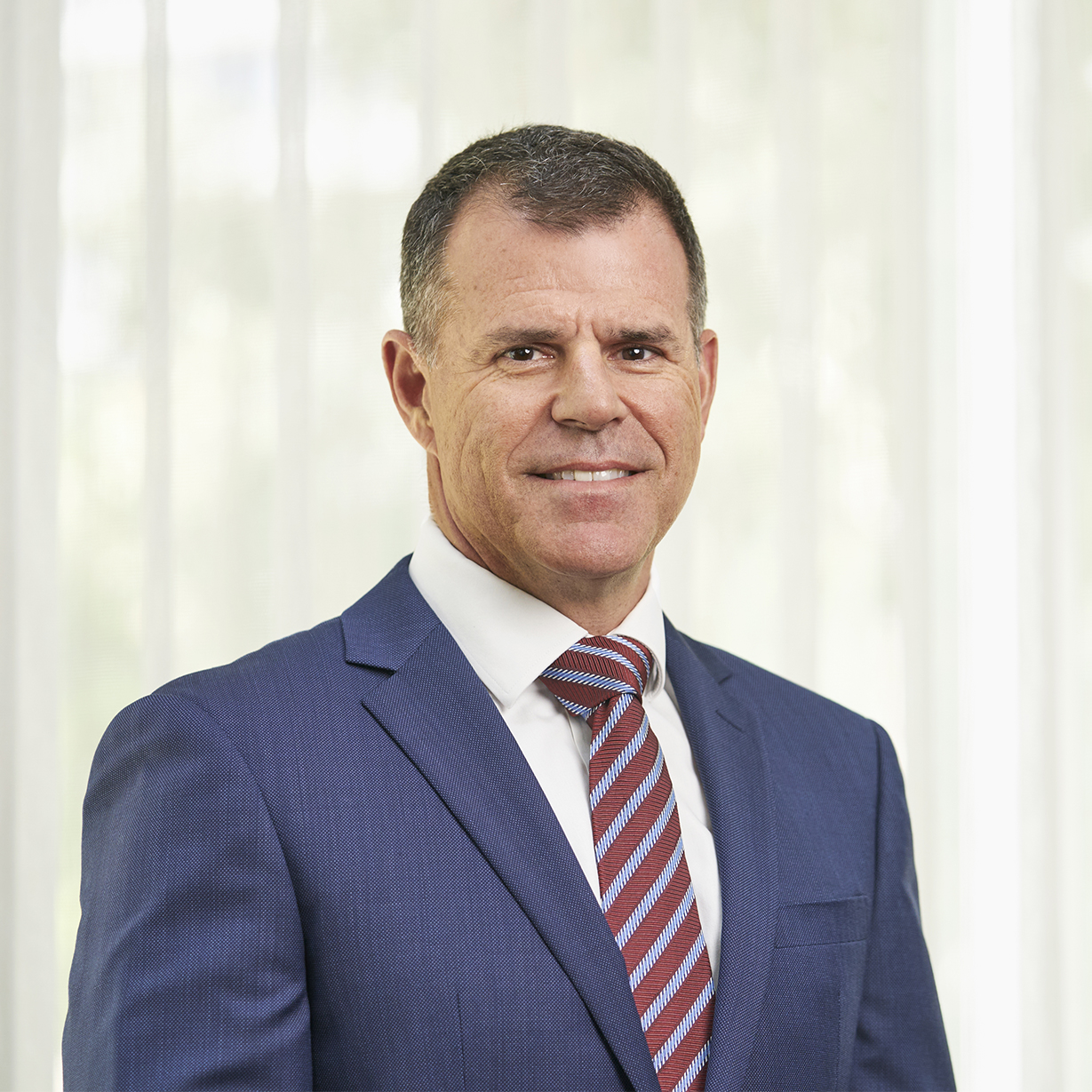
Decision making framework for planning your wealth
Creating a decision-making framework that incorporates financial goals, risk tolerance, market conditions, and tax implications involves several steps. This framework can guide individuals in making informed decisions about whether to pay down their home mortgage, invest in superannuation, draw down investment debt, or pursue other financial strategies. Here’s an outline for such a framework:
1. Define Financial Goals and Time Horizon
Short-term Goals: Identify immediate financial needs (e.g., saving for a vacation, emergency fund).
Long-term Goals: Outline longer-term aspirations (e.g., retirement savings, owning a home outright).
Time Horizon: Determine the timeframe for each goal to guide investment choices and debt repayment strategies.
2. Assess Risk Tolerance
Risk Assessment Questionnaire: Utilise a questionnaire to evaluate risk tolerance levels (conservative, moderate, aggressive).
Financial Stability: Consider factors like job security, emergency savings, and other safety nets that can affect risk-taking capacity.
Investment Knowledge: Gauge understanding of various investment options and their inherent risks.
3. Understand Market Conditions
Interest Rates: Analyse current mortgage and loan interest rates versus expected returns on superannuation and other investments.
Economic Indicators: Consider inflation rates, economic growth forecasts, and how they might affect investment returns and real estate values.
Market Trends: Stay informed about trends in the housing market and investment markets, including superannuation fund performance.
4. Communication Plan
Superannuation Contributions: Review tax benefits related to voluntary super contributions and potential government co-contributions.
Investment Debt: Understand tax deductibility of investment loan interest and how it can be leveraged for tax efficiency.
Capital Gains Tax: Consider the impact of selling investments or property on your tax obligations.
Other tax structures: Family trusts, private companies, insurance bonds, education bonds, etc.
5. Scenario Analysis
Modelling Outcomes: Use financial modelling tools to project outcomes of different strategies over various time horizons.
Stress Testing: Apply stress tests to see how your financial situation would withstand adverse market conditions under each strategy (Investment returns, interest rates, inflation, salary and cost of living changes).
6. Decision and Action Plan
Decision Matrix: Create a matrix to evaluate options based on the factors above, scoring each option against your personal priorities.
Professional Advice: Consider consulting with a financial advisor to review your decision-making framework and conclusions.
Action Plan: Develop a clear action plan with steps, timelines, and milestones for implementing your chosen strategy.
7. Review and Adjust
Regular Reviews: Schedule periodic reviews of your financial plan to adjust for new financial goals, changing market conditions, or shifts in tax laws.
Flexibility: Be prepared to pivot your strategy in response to life changes, such as changes in income, family circumstances, or financial goals.
This framework is designed to be flexible and adaptable, recognising that individual circumstances and goals can change over time.
It encourages a holistic view of financial planning, ensuring decisions are made in the context of overall financial health, market dynamics, and regulatory environment.
About the Author:

Ben Devenish – Managing Director – Vantage Wealth Management
Ben, commenced work in the financial services industry in 1993 and has held Executive Director, Private Client Adviser, and Responsible Manager (RM) positions since that time. Key responsibilities as Managing Director at Vantage are to manage operational functions to achieve group strategic objectives, stakeholders are engaged to ensure aligned objectives are achieved, and most critically a team-oriented culture is fostered. Read more about Ben here.